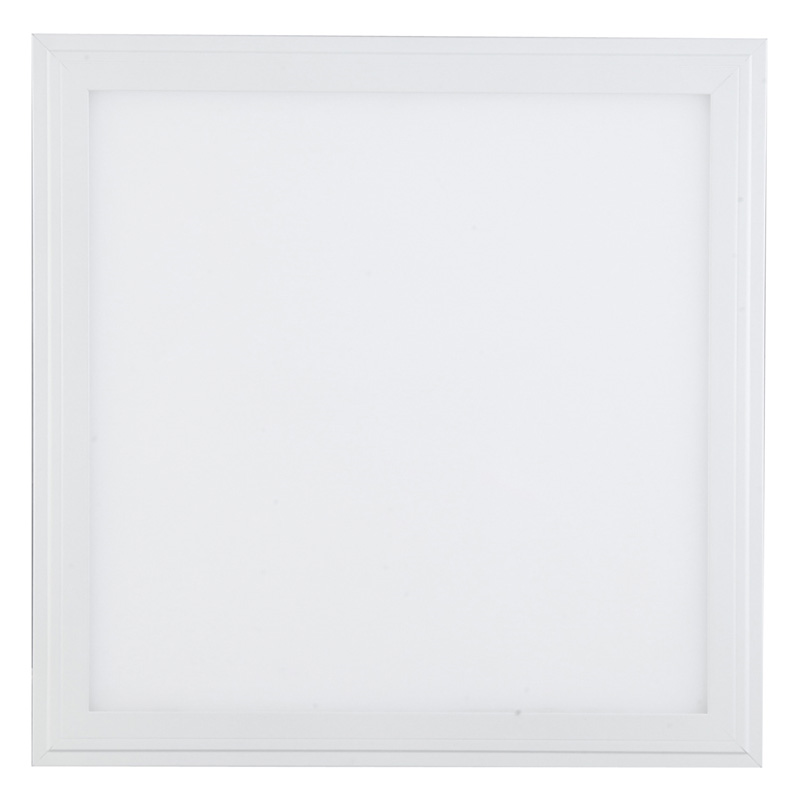松下水银灯将停产,力促转换LED照明产品
On June 17, Panasonic released a press release announcing that in response to the Mercury Convention, 31 mercury lamps will be produced by the end of June 2020, and the production line-up of enhanced LED lighting will be strengthened to promote the conversion of LED lighting.
The Minamata convention entered into force in the summer of 2017 and will prohibit the production, import and export of mercury lamps since 2021.
Mercury lamps are widely used in gymnasiums, factories, parks and streetlights with high ceilings because of their large amount of light. LED lighting with the same amount of light can cost 2-3 times as much as mercury lamps, but its lifetime is about 5 times as long and power consumption is less than half.
According to Panasonic, it takes about five minutes for a mercury lamp to reach its maximum brightness, but LED lighting can reach almost 100% brightness with just one light.
Sankei Biz, Common Correspondence, reported that Panasonic mercury lamps shipped about 200,000 units a year and accounted for about a third of the market in Japan. However, mercury lamps have some drawbacks, such as being easy to attract flying insects (LEDs are less likely to have this problem due to their close proximity to natural light), and now account for only about 1% of total lighting sales in Japan. Flat. Some Japanese manufacturers have stopped selling mercury lamps, while Panasonic, Toshiba, NEC and Iwasaki Electric are still on sale.
同类文章排行
- 2019全球LED照明市场趋势创造跨行业商机
- 白光LED的历史
- 全球LED照明产品价格走势
- 美中贸易战对全球LED照明事业的影响
- LED照明作为印度降低碳排放的方法
- 中国增加灯具的退税率以应对贸易战
- 工业市场中最广泛使用的智能照明在住宅空间中发展最快
- 松下计划停止生产汞灯并提倡使用LED代替
- 汽车照明市场预计2024年将达到400亿美元
- 中国空间站独家使用LED照明
最新资讯文章
您的浏览历史


.jpg)


.jpg)
